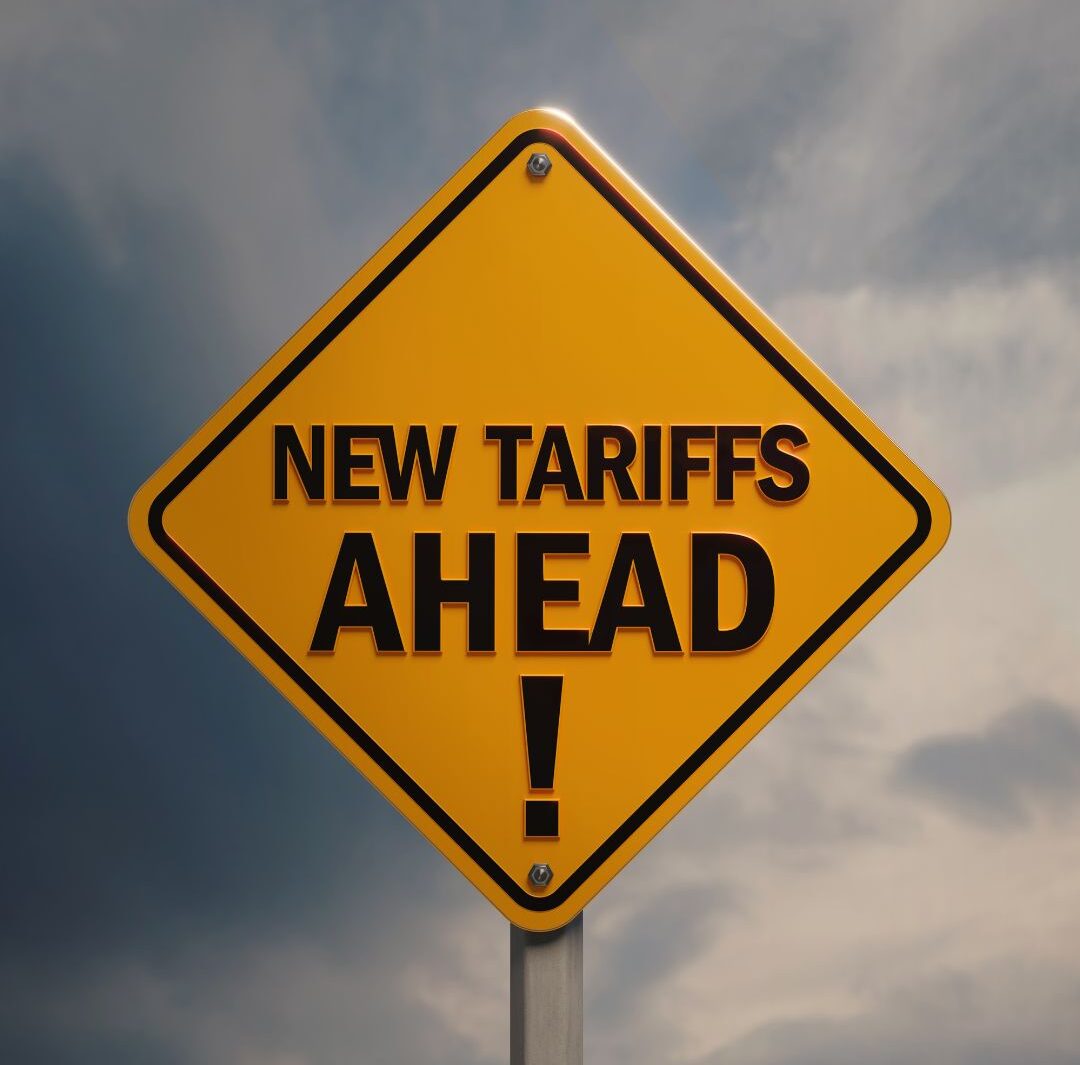Global Trade Tremors: U.S. Tariff Threats Redefine Economic Alliances
August 6, 2025 | New Delhi & Bangkok
The United States’ recent wave of tariff threats has sent shockwaves through global markets, reshaping trade dynamics and forcing nations to reassess their economic strategies. With a proposed 25% tariff on India and a 37% reciprocal tariff on Thailand, alongside broader levies targeting 68 countries, the U.S. aims to address trade imbalances under its “America First” policy. This bold move, however, risks igniting a global trade war, with profound implications for emerging economies like India and Thailand.
A New Tariff Landscape
Announced in early April 2025 and expanded by August, the U.S. tariff strategy imposes a baseline 10% tariff on all imports, with higher “reciprocal” rates for countries with significant trade surpluses. India faces a 25% tariff, compounded by penalties for its energy and defense ties with Russia, while Thailand grapples with a 37% levy due to its $36 billion trade surplus with the U.S. in 2024. These tariffs, effective from August 7, target key sectors: electronics and gems in India, and textiles and seafood in Thailand.
Unlike previous tariff regimes, the U.S. has adopted a unique formula: a country’s tariff rate is calculated as half the ratio of its trade deficit with the U.S. to its total exports, adjusted for non-monetary trade barriers like customs delays or labor practices. This approach has drawn criticism for its lack of transparency and perceived arbitrariness, with analysts warning of disruptions to global supply chains.
India’s Strategic Response
India, with a $46 billion trade deficit with the U.S., is navigating a delicate balancing act. The Indian Commerce Ministry downplays the tariffs’ immediate impact, citing exemptions for pharmaceuticals, a major export. However, electronics ($14 billion) and gems ($9 billion) face significant hits. Indian officials are pushing for a trade deal, offering to slash tariffs on $23 billion of U.S. imports, including auto parts and jewelry, to secure concessions.
“The tariffs are a wake-up call,” said Dr. Anjali Rao, a trade economist at the Delhi Institute of Economic Studies. “India must diversify its export markets—ASEAN and the EU are viable options—to reduce reliance on the U.S.” India’s robust domestic market and growing ties with BRICS nations, particularly Brazil in renewable energy, provide a buffer, but small and medium enterprises may struggle with rising costs.
Thailand’s Economic Pivot
Thailand, heavily reliant on its $63.3 billion export market to the U.S., faces acute pressure. The 37% tariff, a steep jump from the prior 2% average, threatens textiles, seafood, and electronics. The Thai government has urged exporters to explore alternative markets like India, China, and Vietnam, while preparing mitigation measures such as subsidies for affected sectors.
“These tariffs disproportionately hurt our small exporters,” said Somchai Kittisak, president of the Thai Exporters Association. “We’re ready to negotiate with the U.S., but we’re also looking at regional alliances to stay competitive.” Thailand’s recent success in securing a 19% tariff deal through U.S. intervention signals potential for dialogue, but the clock is ticking.
Global Ripple Effects
The tariffs’ global impact is already evident. Asian markets plummeted in early August, with India’s Sensex and Thailand’s SET Index dropping 3% and 4%, respectively, on tariff news. The U.S.’s own consumers face higher prices, with estimates suggesting a $1,300 annual cost increase per household. Retaliatory tariffs from China, the EU, and Canada, affecting $330 billion in U.S. exports, further complicate the landscape.
Emerging economies are particularly vulnerable. The tariffs disrupt supply chains, raise production costs, and fuel inflation, potentially shaving 1% off global GDP by 2026. However, opportunities arise for nations like India and Thailand to deepen regional ties. A proposed Indo-Thai trade corridor, leveraging shared Buddhist heritage and tourism, could offset losses by boosting intra-Asian commerce.
Voices from the Ground
In Mumbai, jewelry exporter Priya Sharma expressed concern: “The U.S. market is 40% of my business. These tariffs force me to raise prices or lose margins.” In Bangkok, textile worker Aran Srisuk fears job cuts: “Factories are already cutting shifts. If exports drop, what happens to us?”
Looking Ahead
As the U.S. presses forward with its tariff agenda, India and Thailand must innovate. Joint ventures in technology and sustainable energy, coupled with ASEAN-led trade agreements, could mitigate the fallout. Yet, the specter of a global trade war looms large, with no clear winners in sight. As Dr. Rao notes, “This is not just about tariffs—it’s about redefining economic alliances in a fractured world.”



